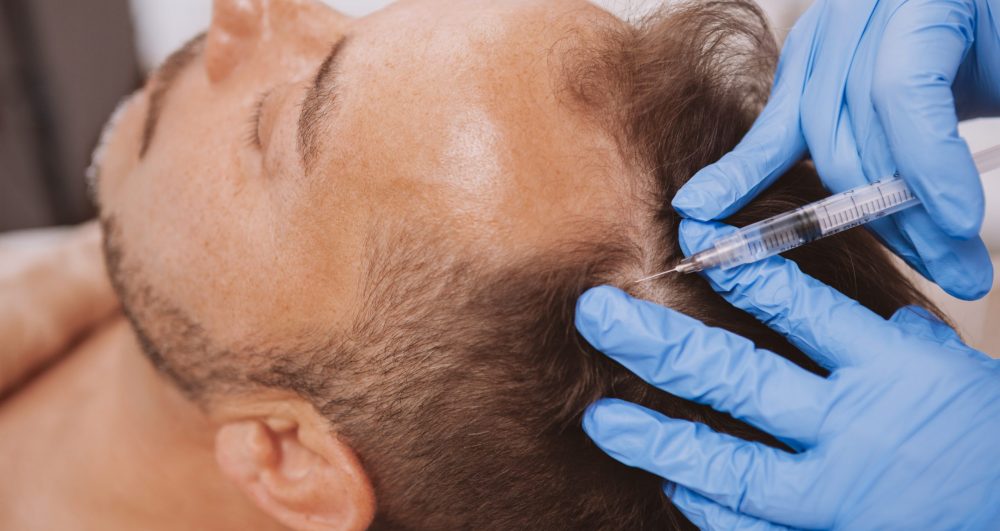
PRP
PRP is a popular injectable treatment that can help rejuvenate your skin and repair the signs of aging. PRP uses your platelet-rich blood cells, which gives your body a chance to use the PRP without ejection or fear of side effects.
PRP, or platelet-rich plasma, is a concentration of plasma proteins that come from whole blood. PRP comes from a simple blood draw, and the blood sample is spun through a centrifuge to separate the platelets. Platelets from PRP contain growth factors that begin cell regeneration, speed healing, and stimulate collagen production.
PRP can be used in combination with microneedling or as a stand-alone treatment. Platelets are used in three ways: as a topical on the skin for blemishes and scars with microneedling, subcutaneous injections to restore volume and collagen, or applied to your skin to help reduce wrinkles and folds.
PRP is great for anyone concerned about any skin area losing elasticity and volume or someone who wants to stimulate hair regrowth. PRP also increases your skin’s integrity and health for skin with sun damage.
When PRP is administered, a topical anesthetic in a cream or liquid form is usually applied to the treated area. Using a topical anesthetic will ensure you will be comfortable during your treatment. Once comfortable, platelet-rich plasma is reinjected back into the treatment areas to stimulate cell regrowth.
PRP does not need FDA approval since it is a procedure, but the devices used to separate and inject the PRP need FDA approval. Your provider does use FDA-approved devices.
When used for the face, results can last up to two years. PRP can stimulate hair caliber and growth for about four to six weeks. After that, you will need repeated treatments about once a month for three months. After these initial treatments, you may only need PRP treatments after 6-12 months to maintain hair growth effects.

